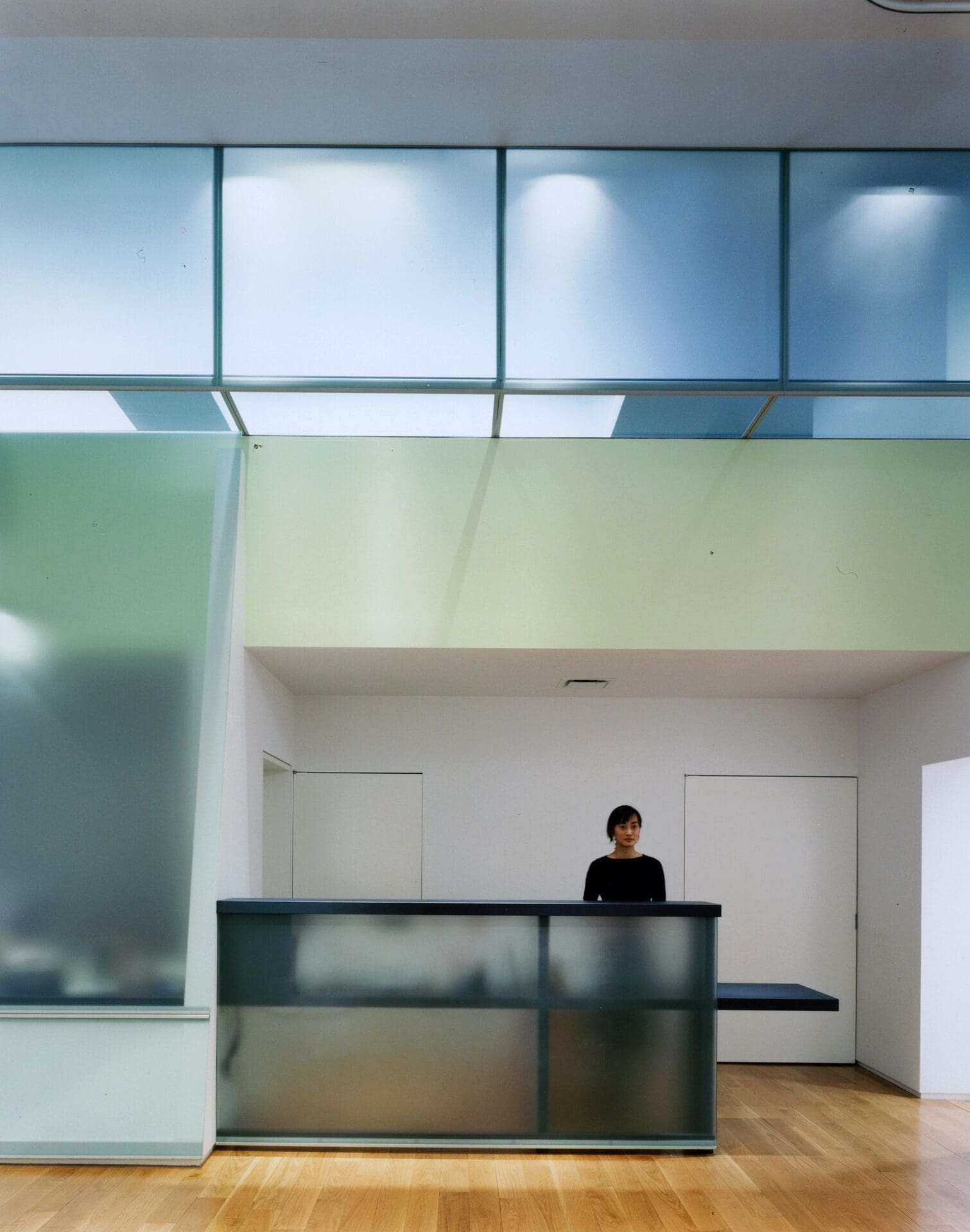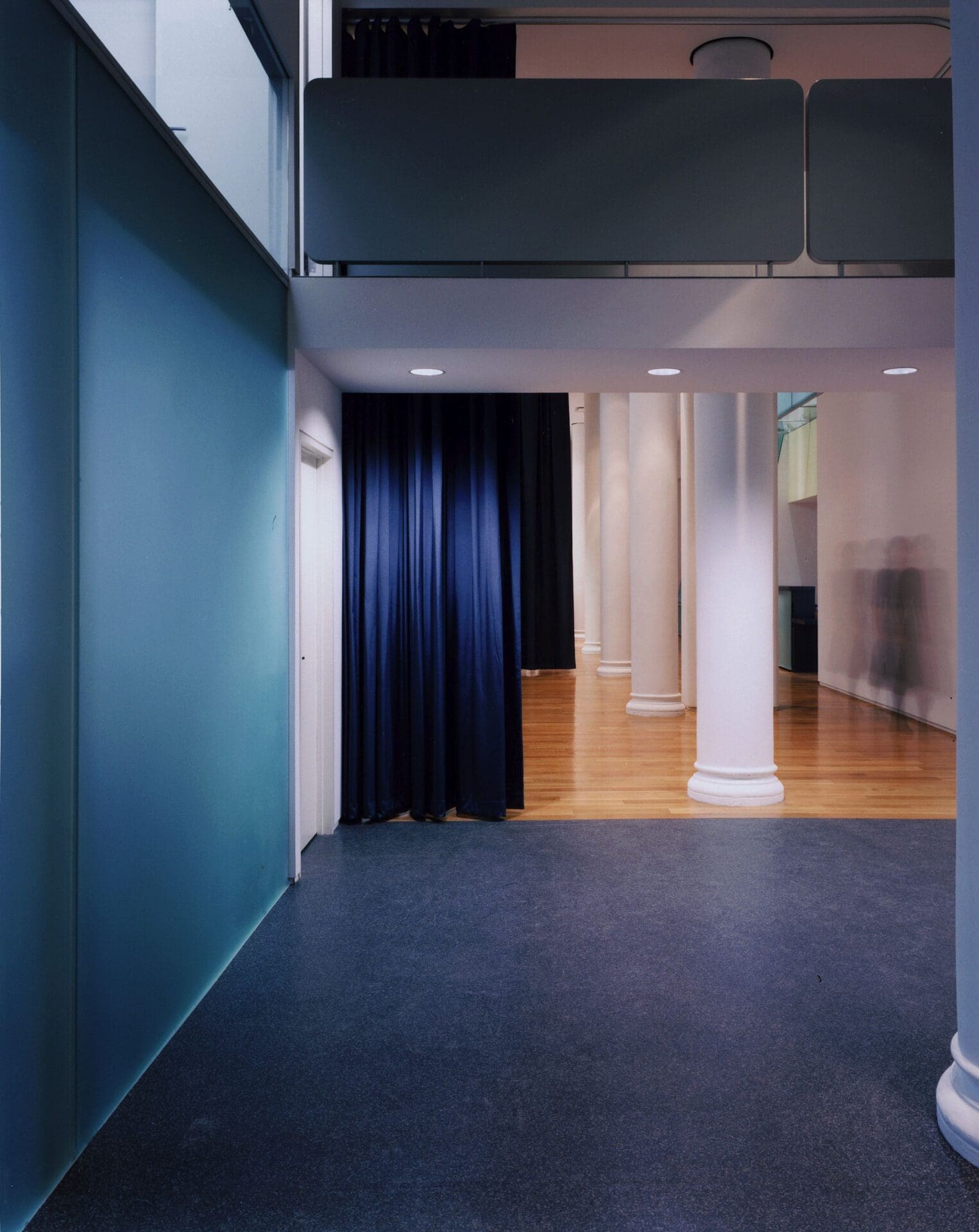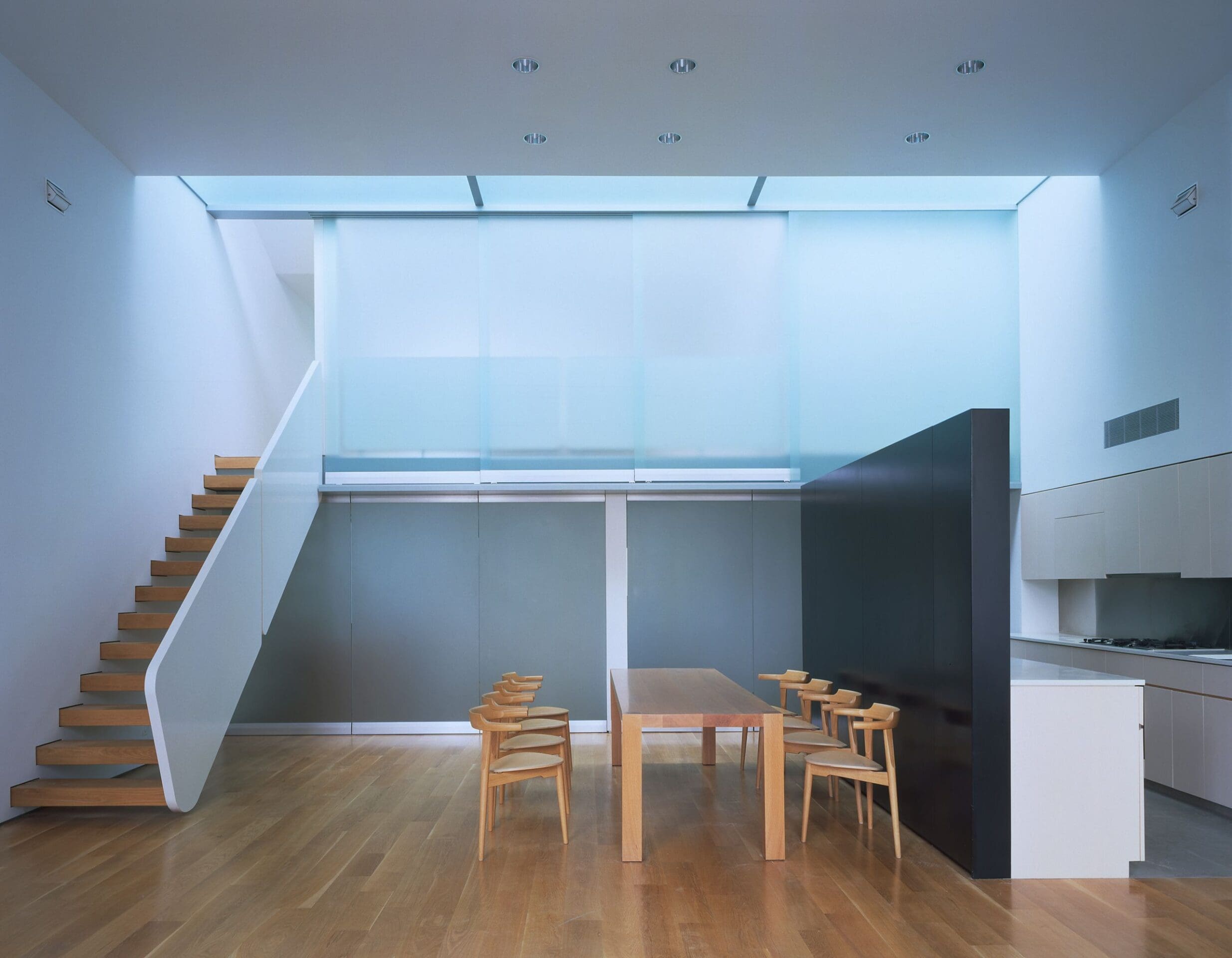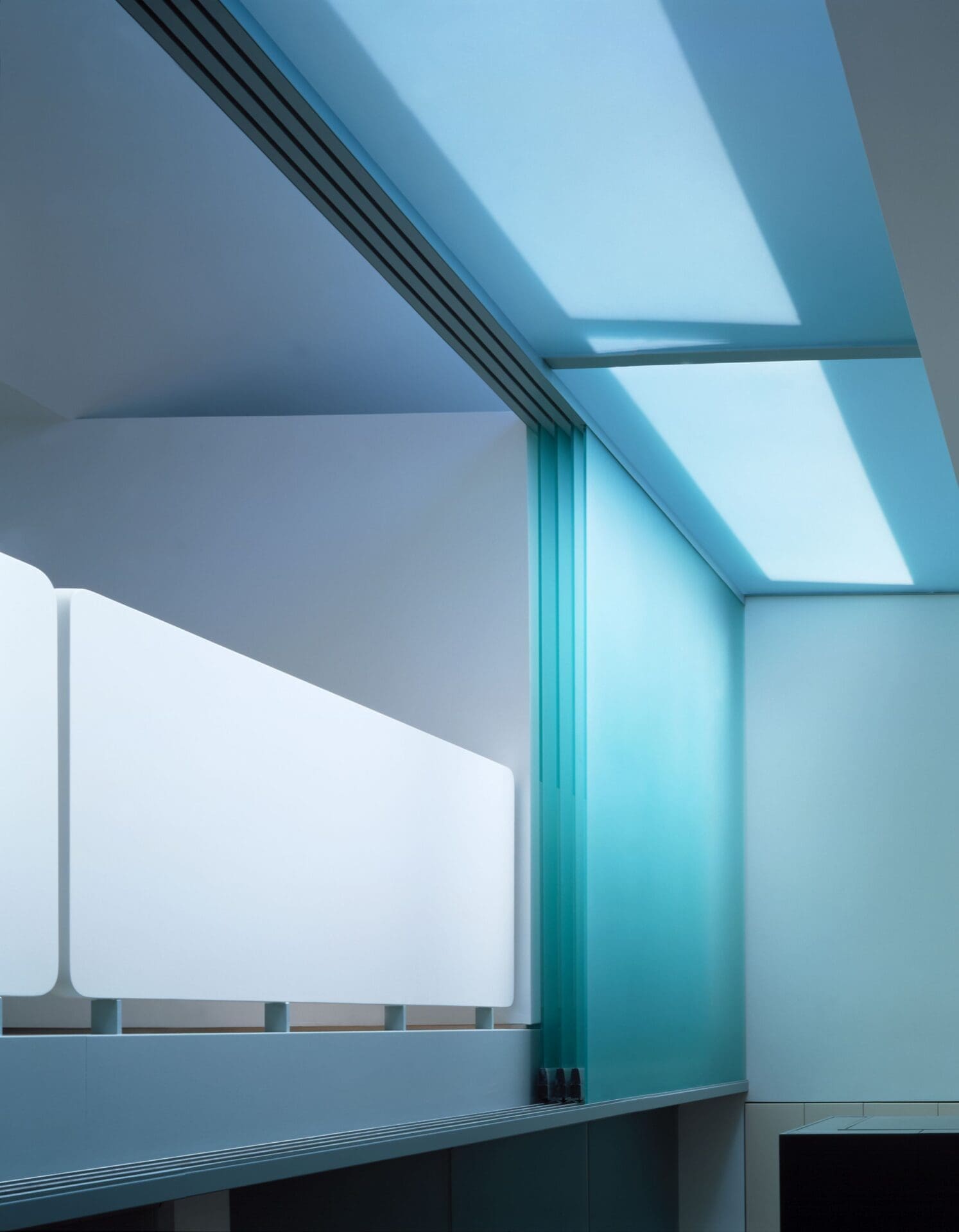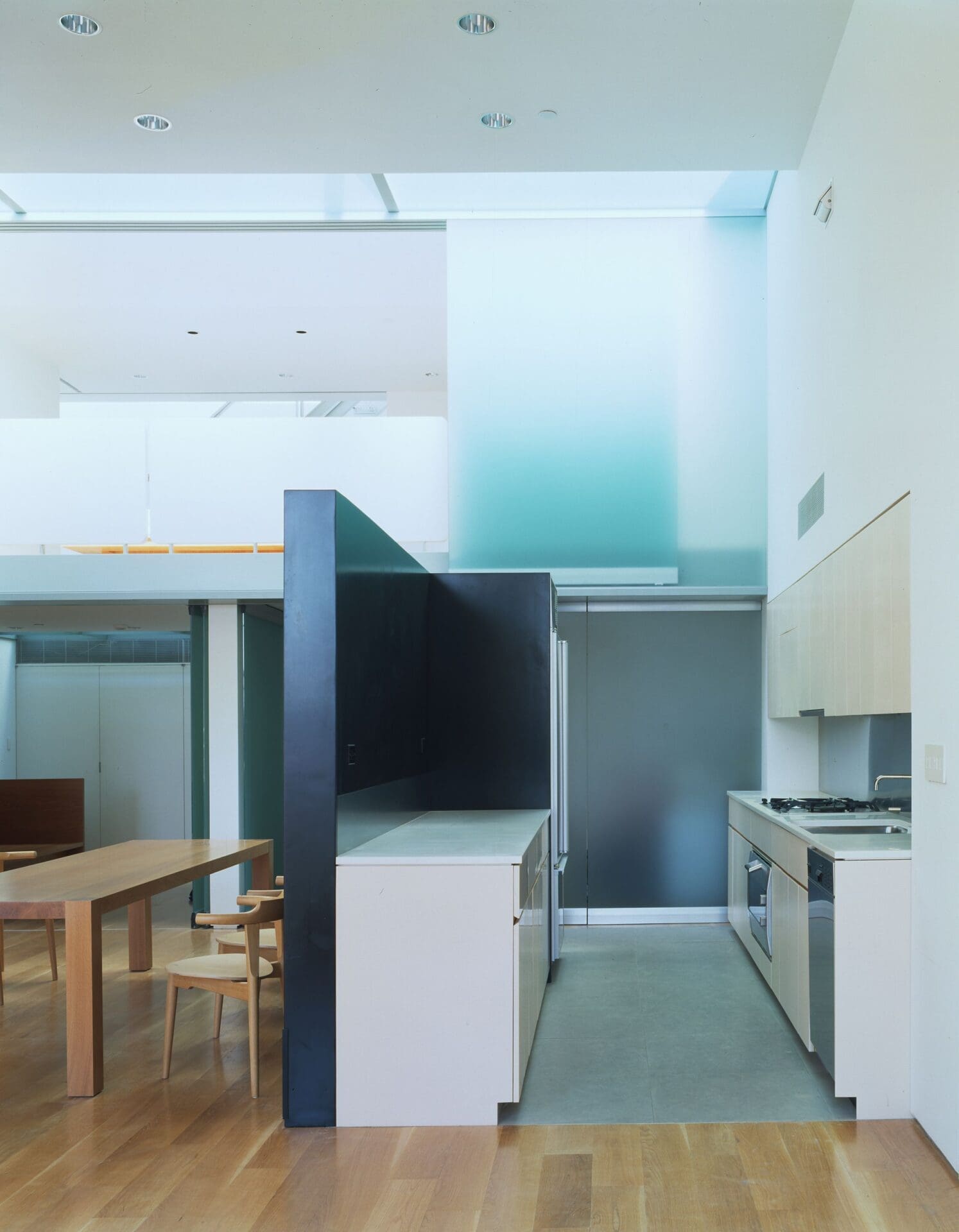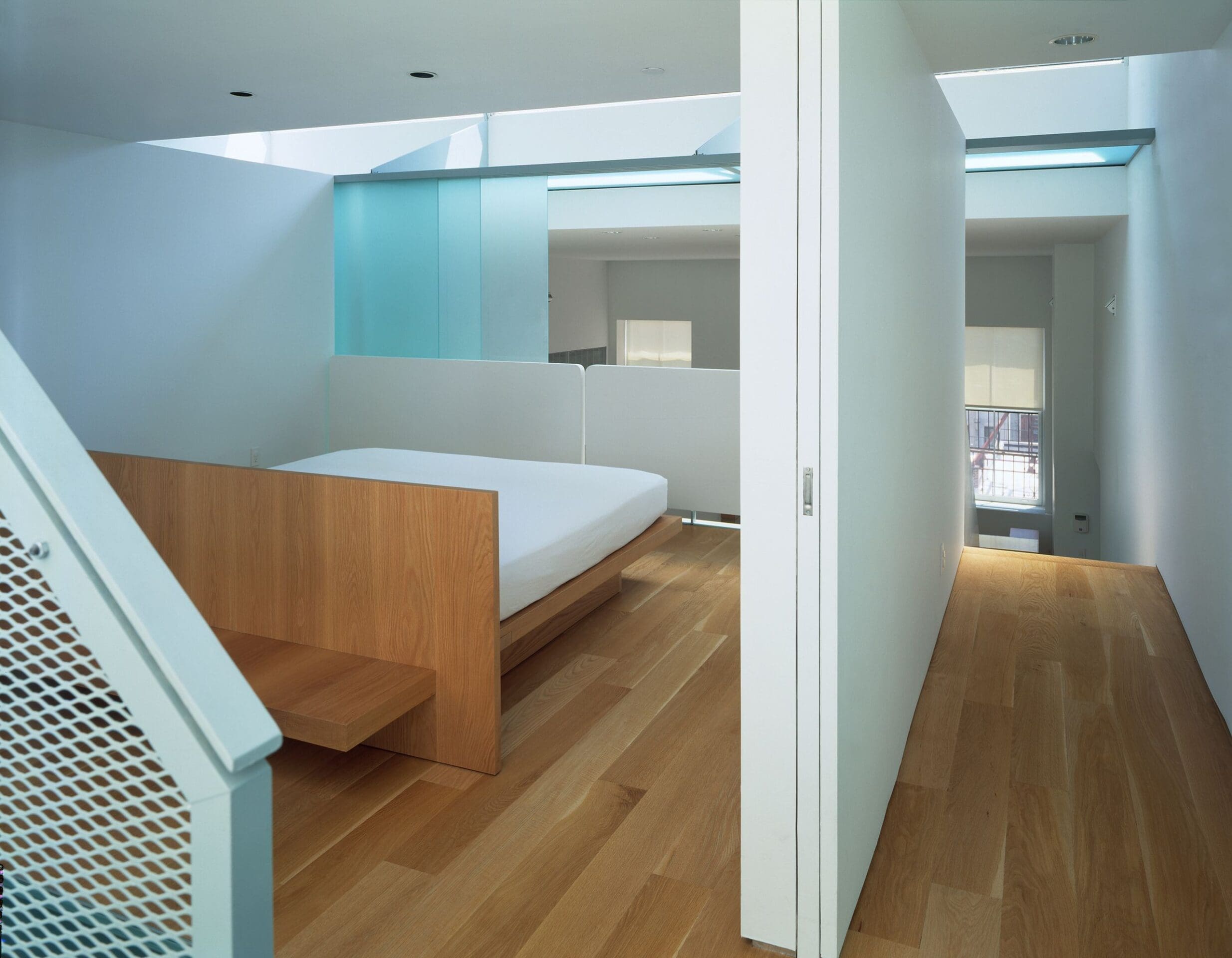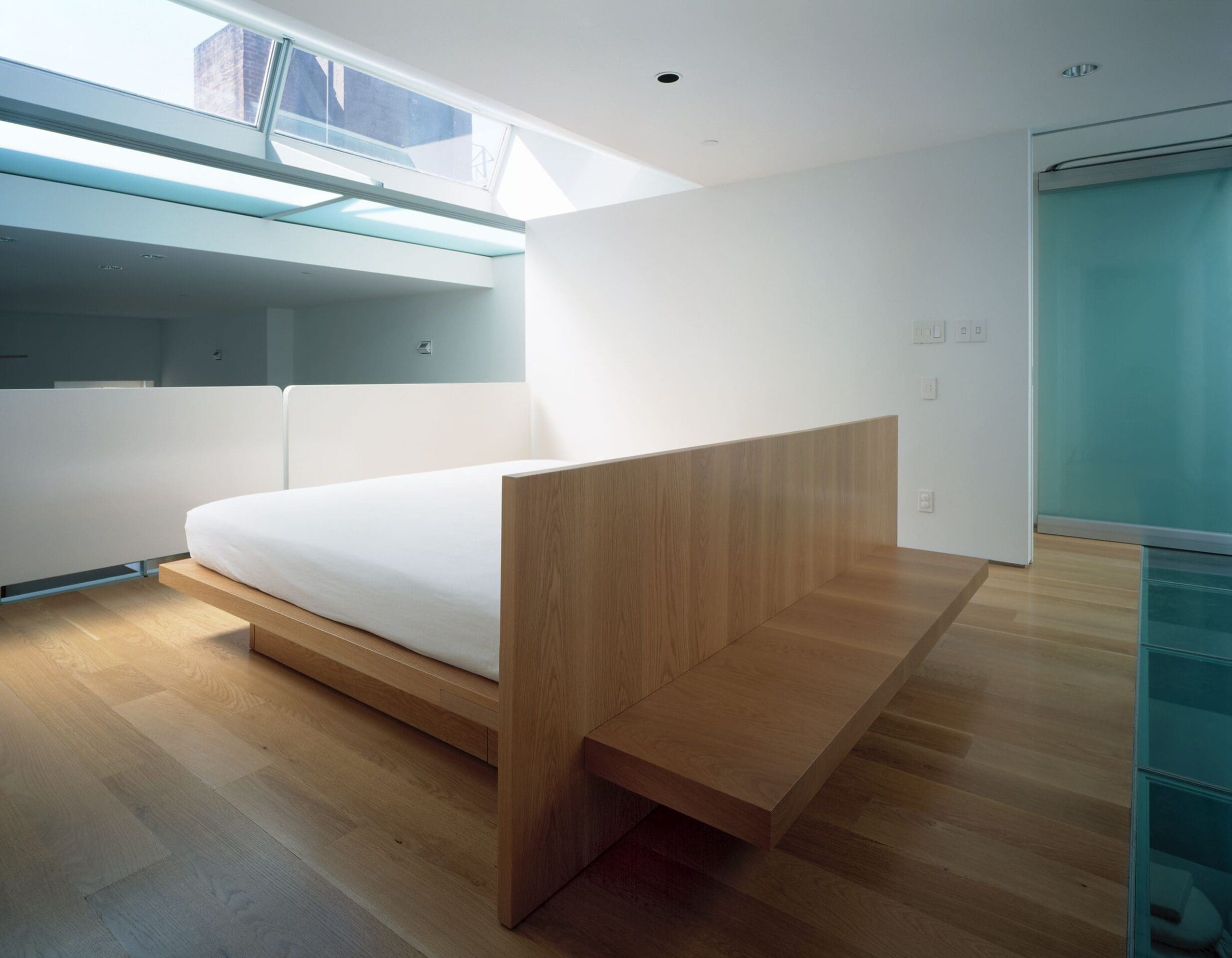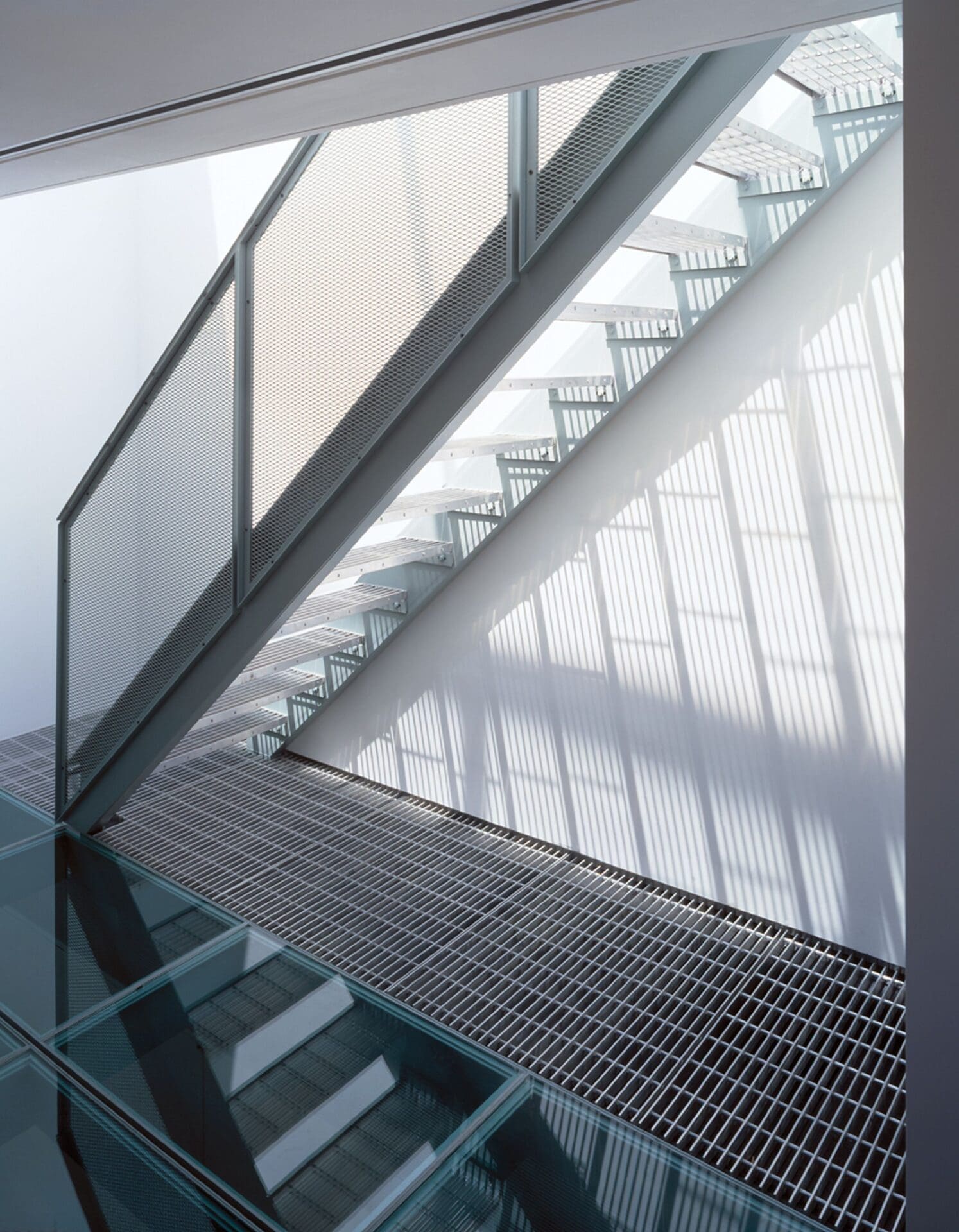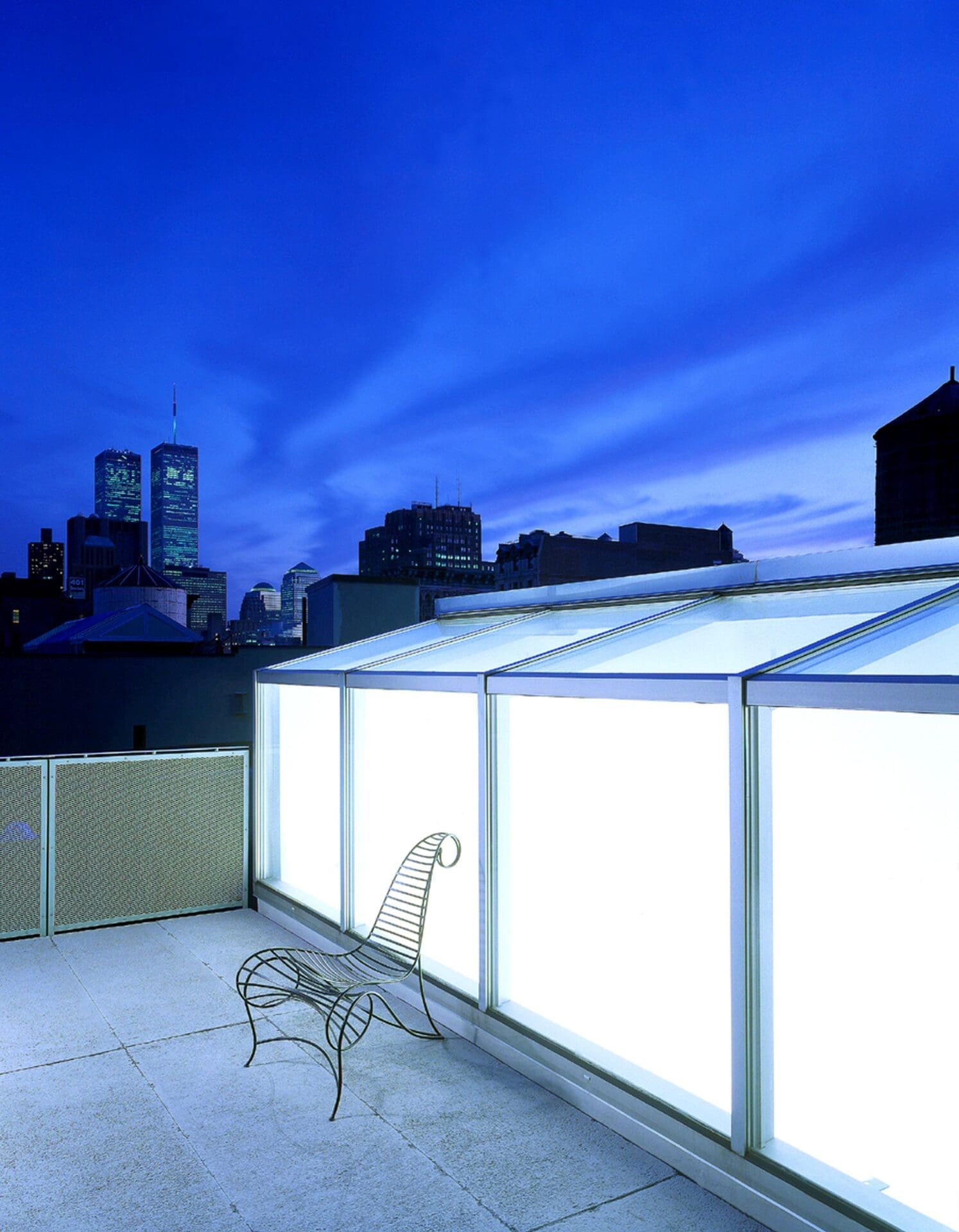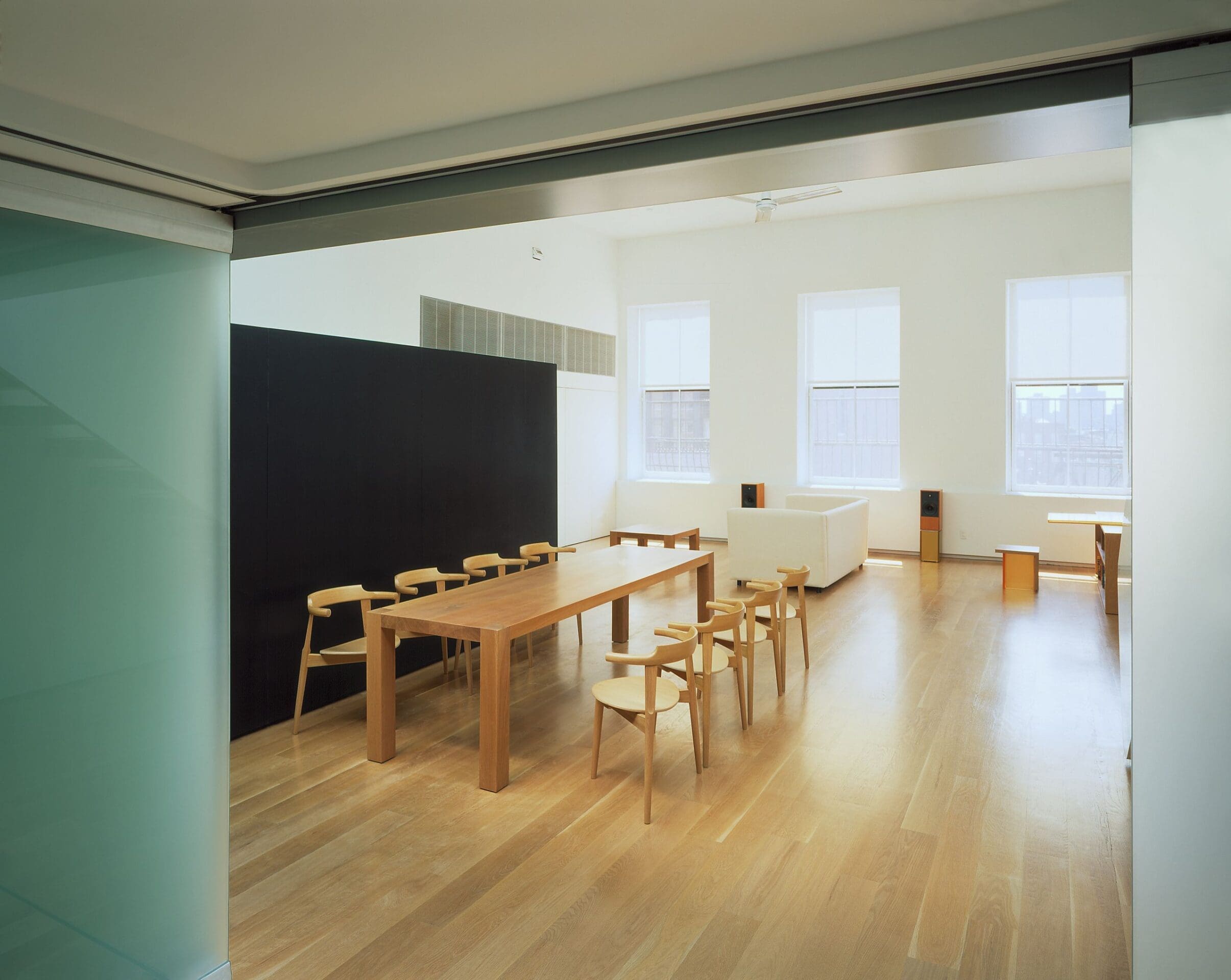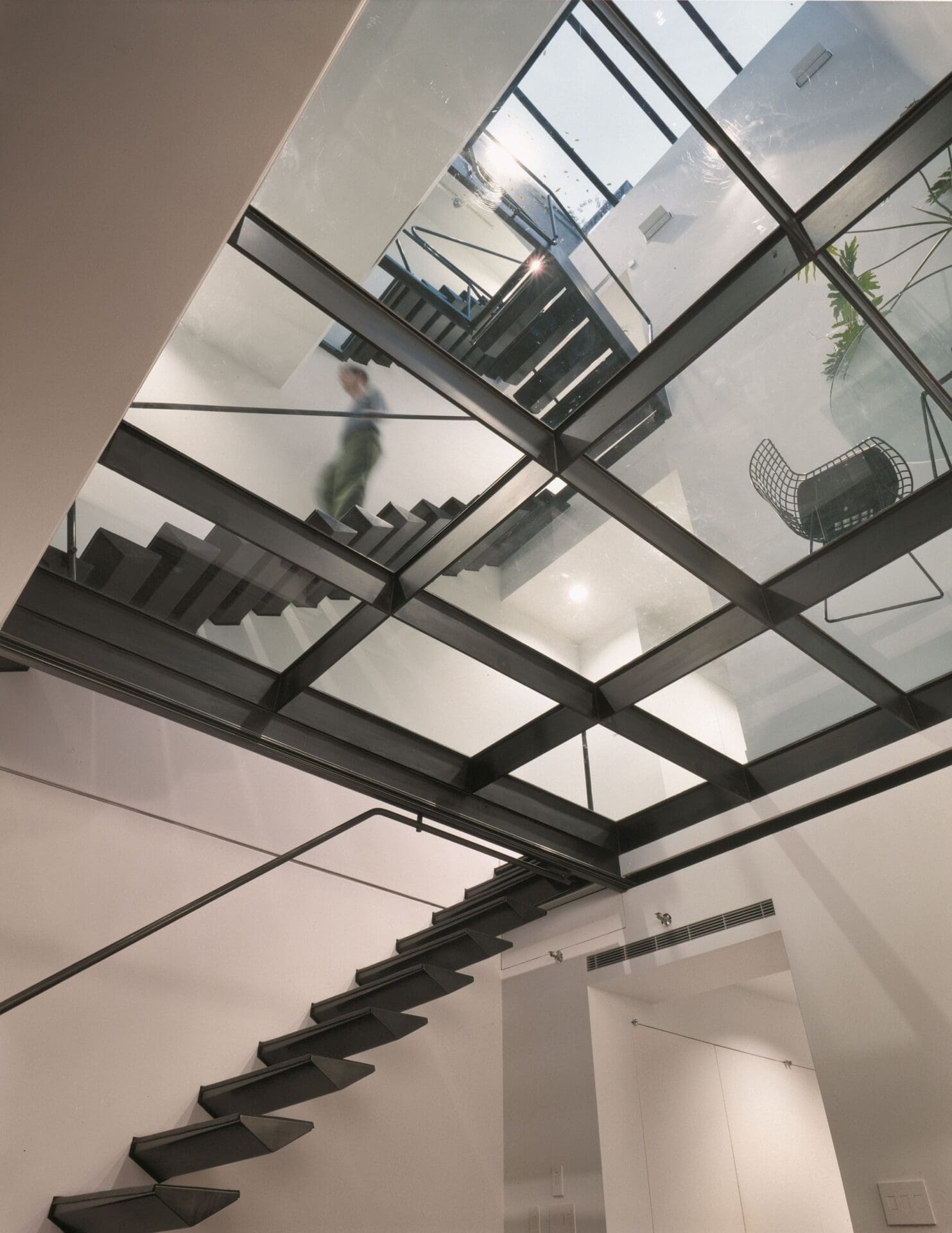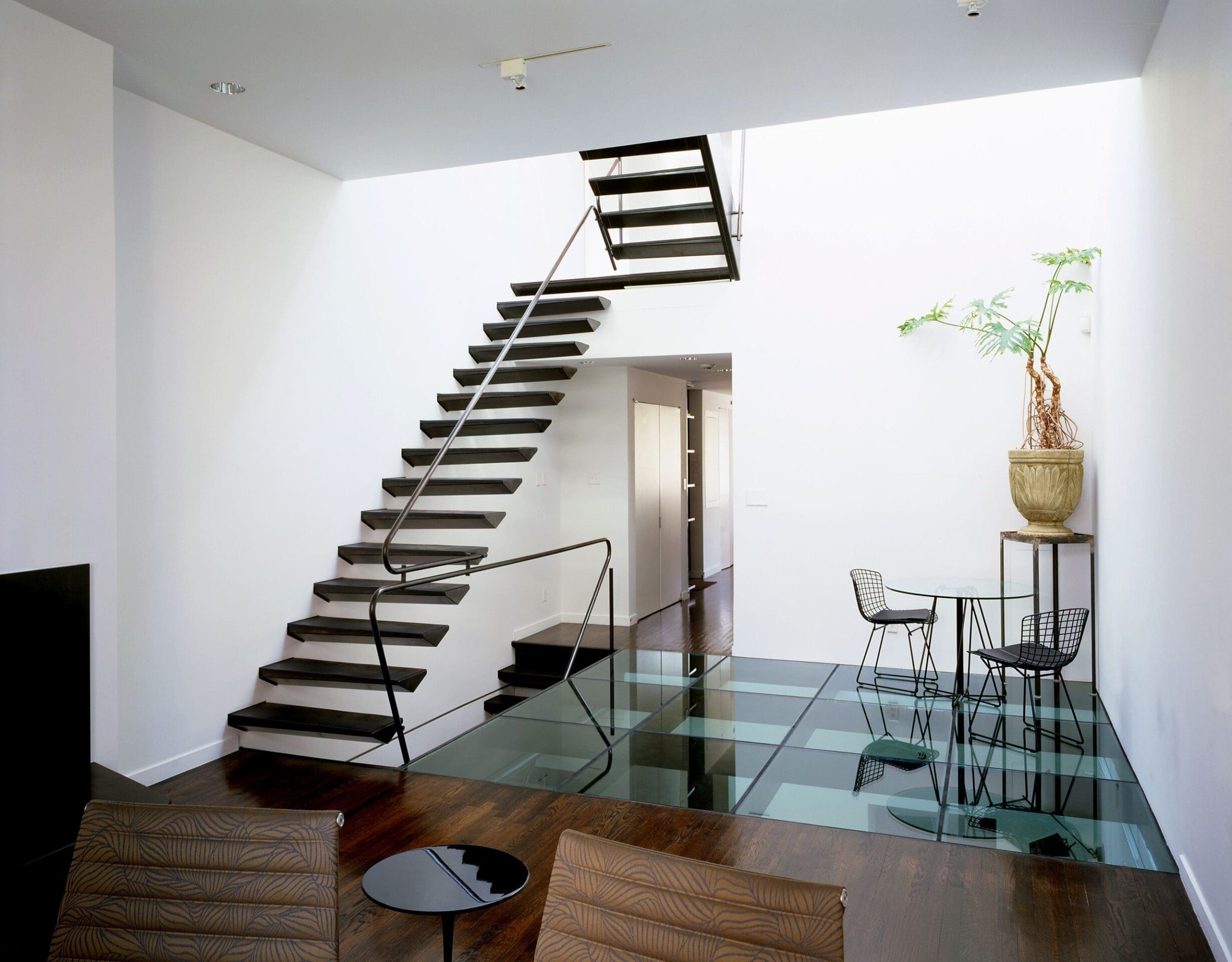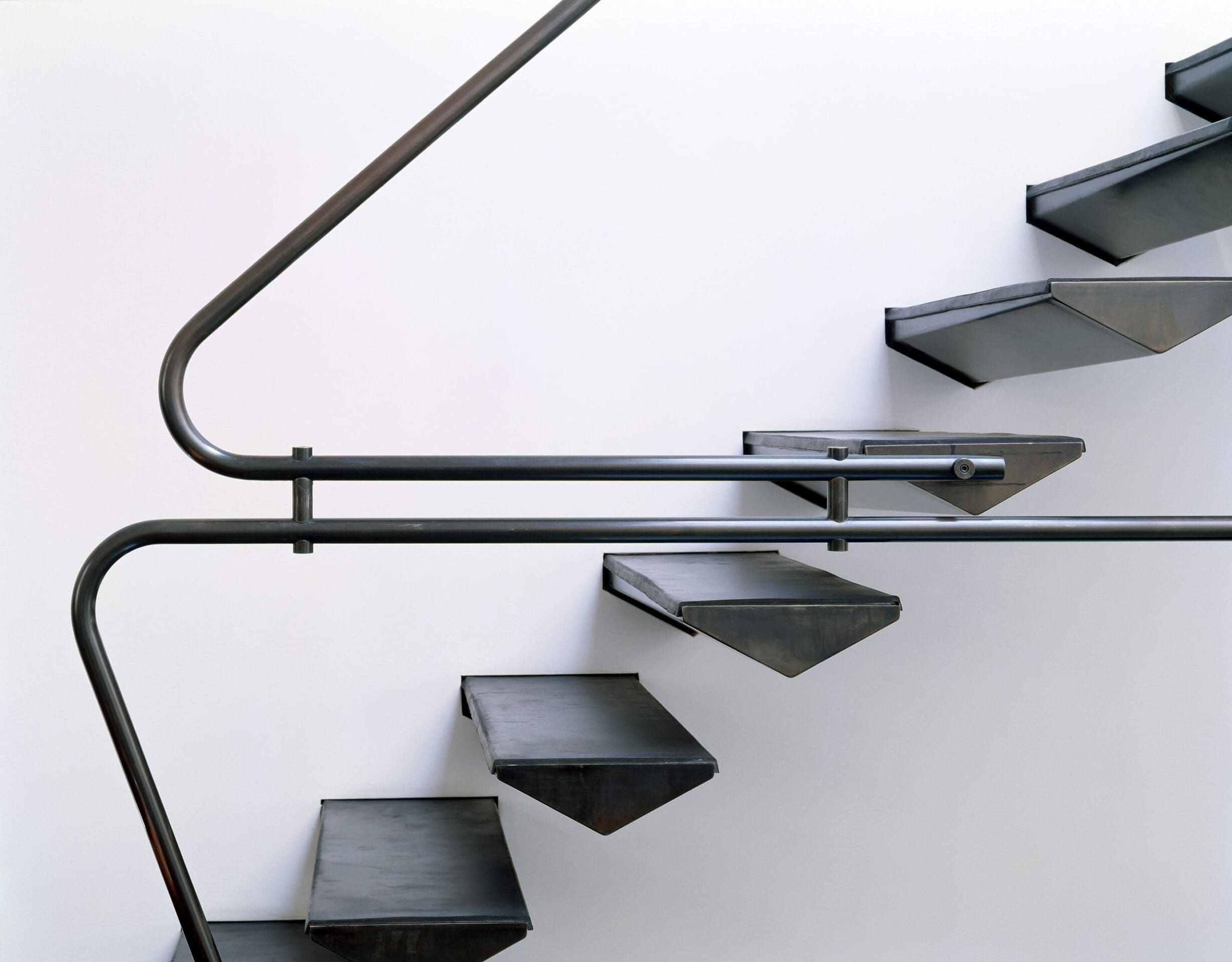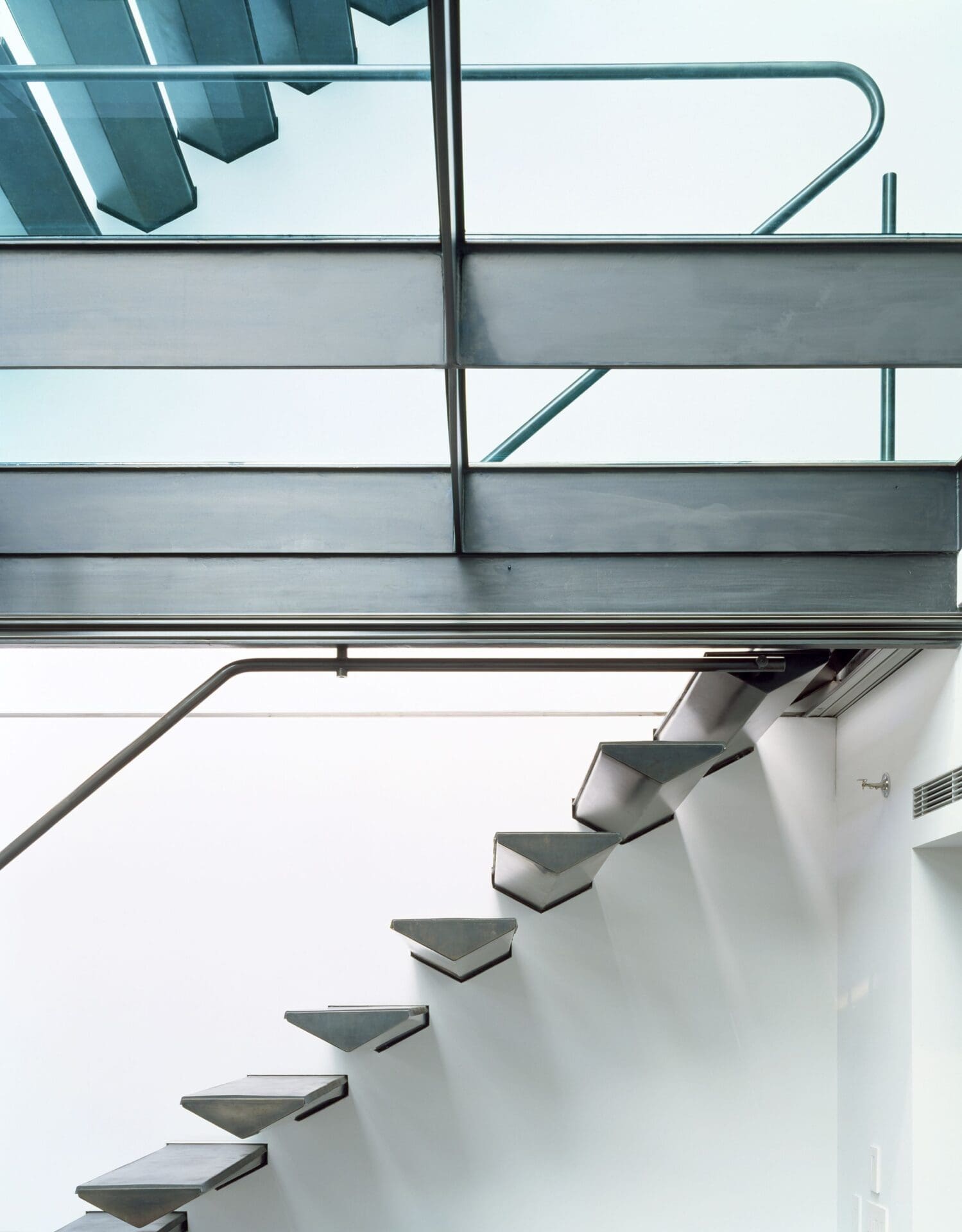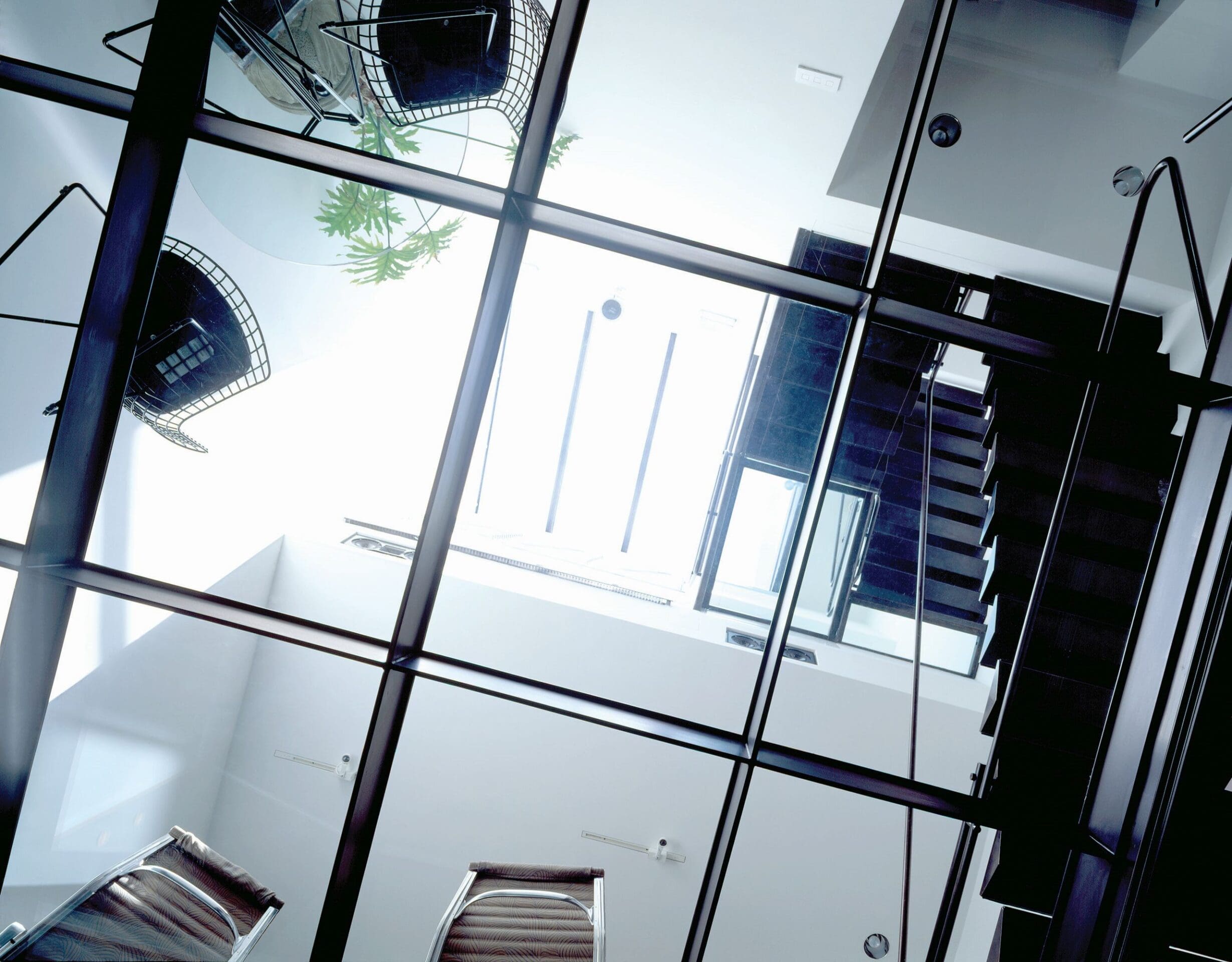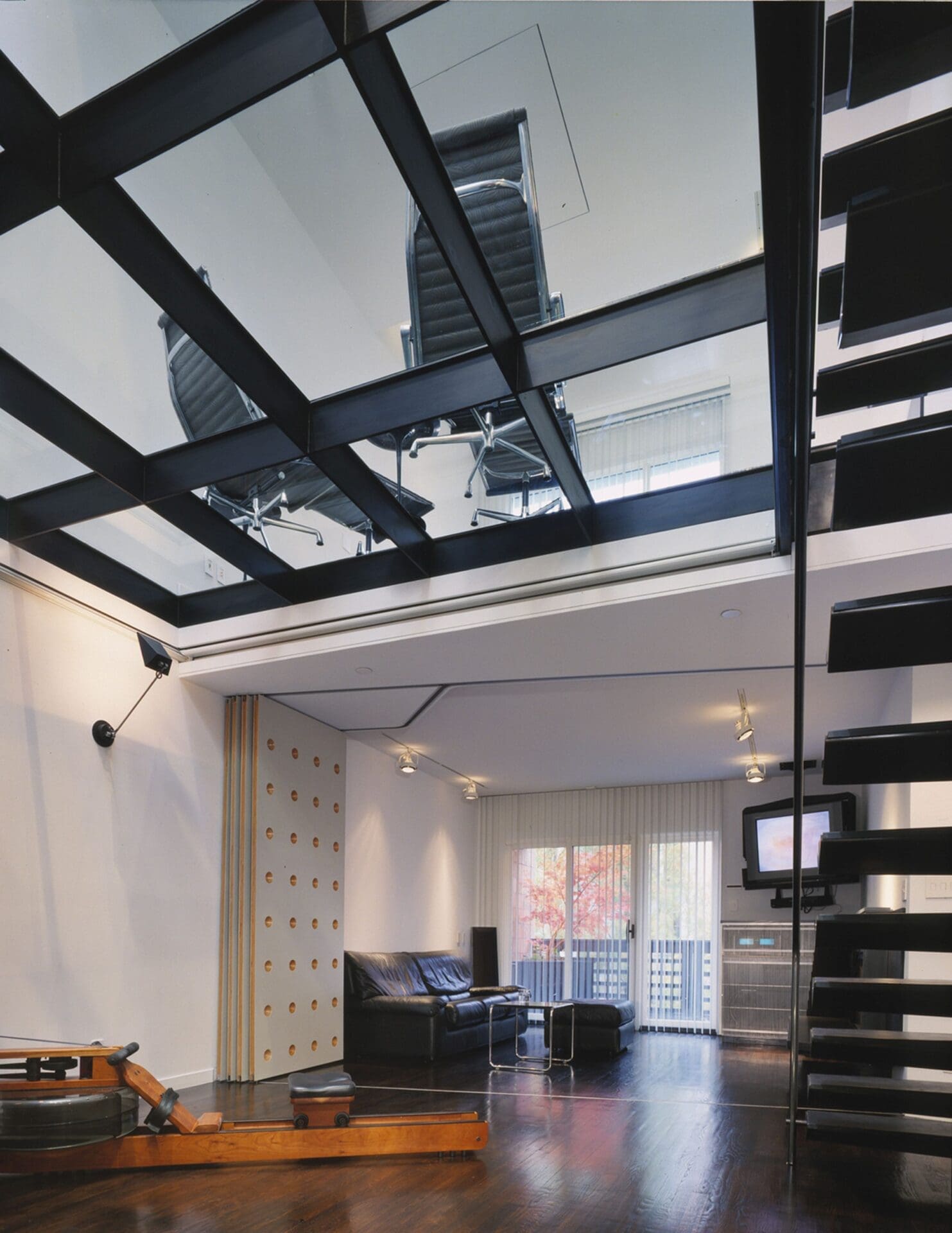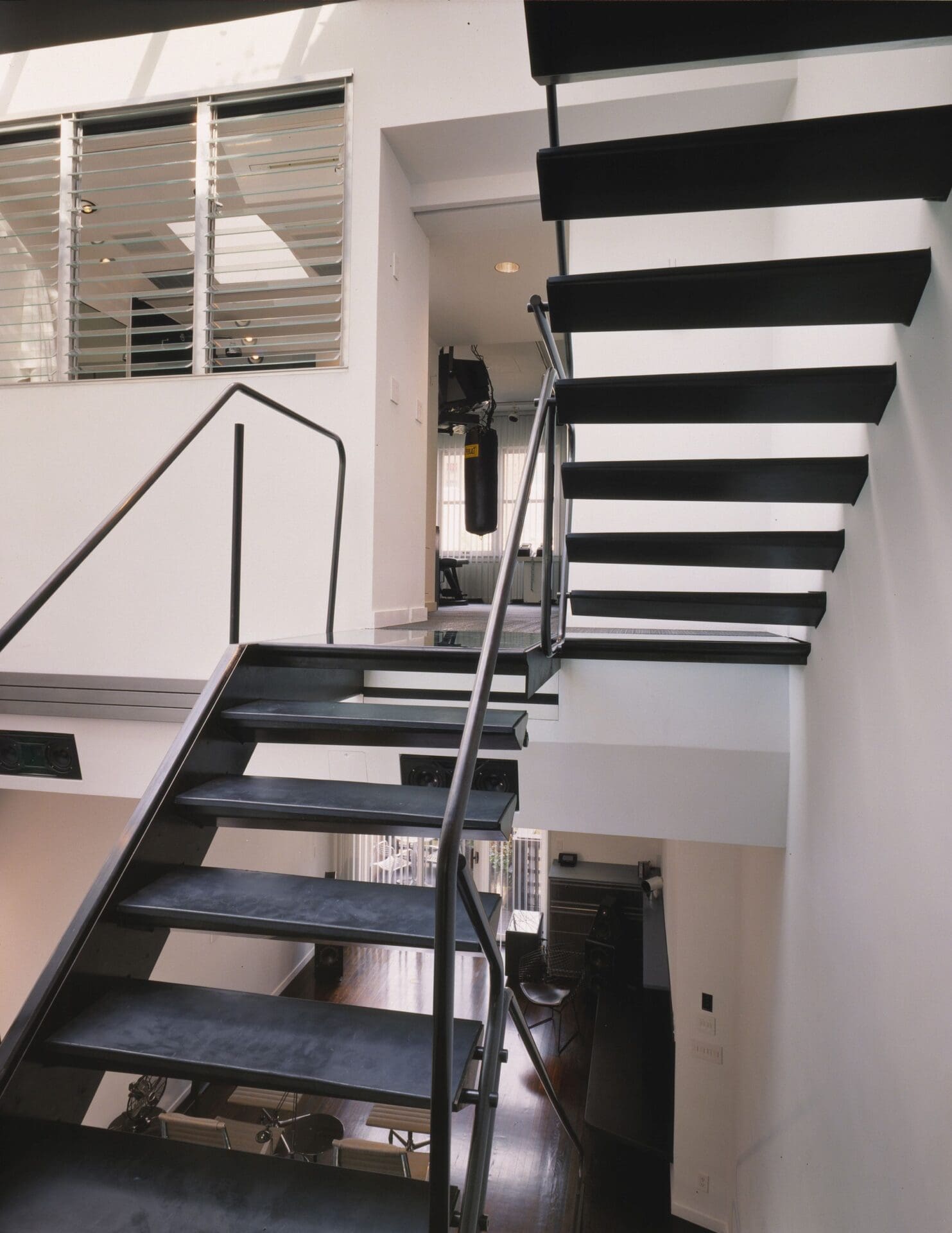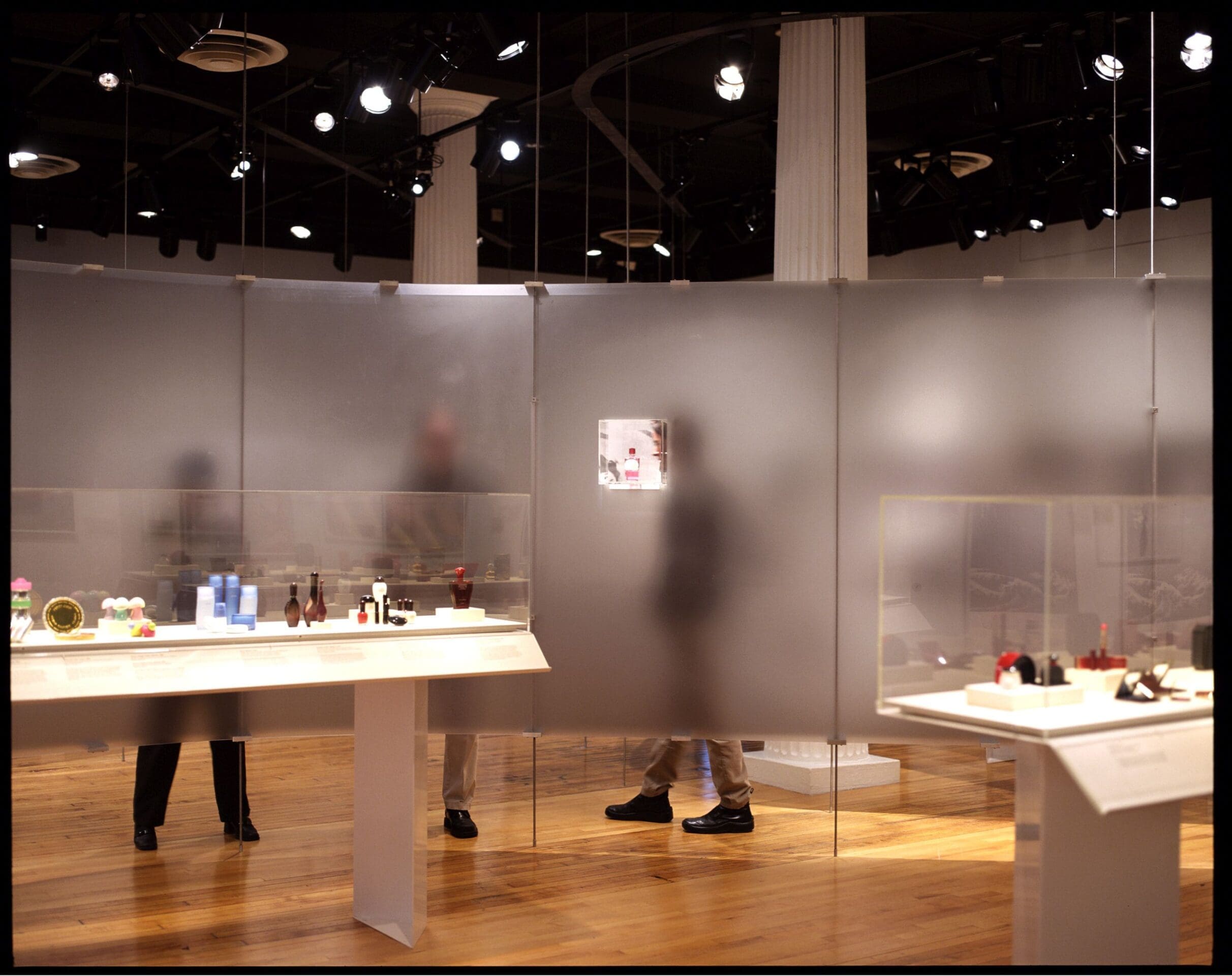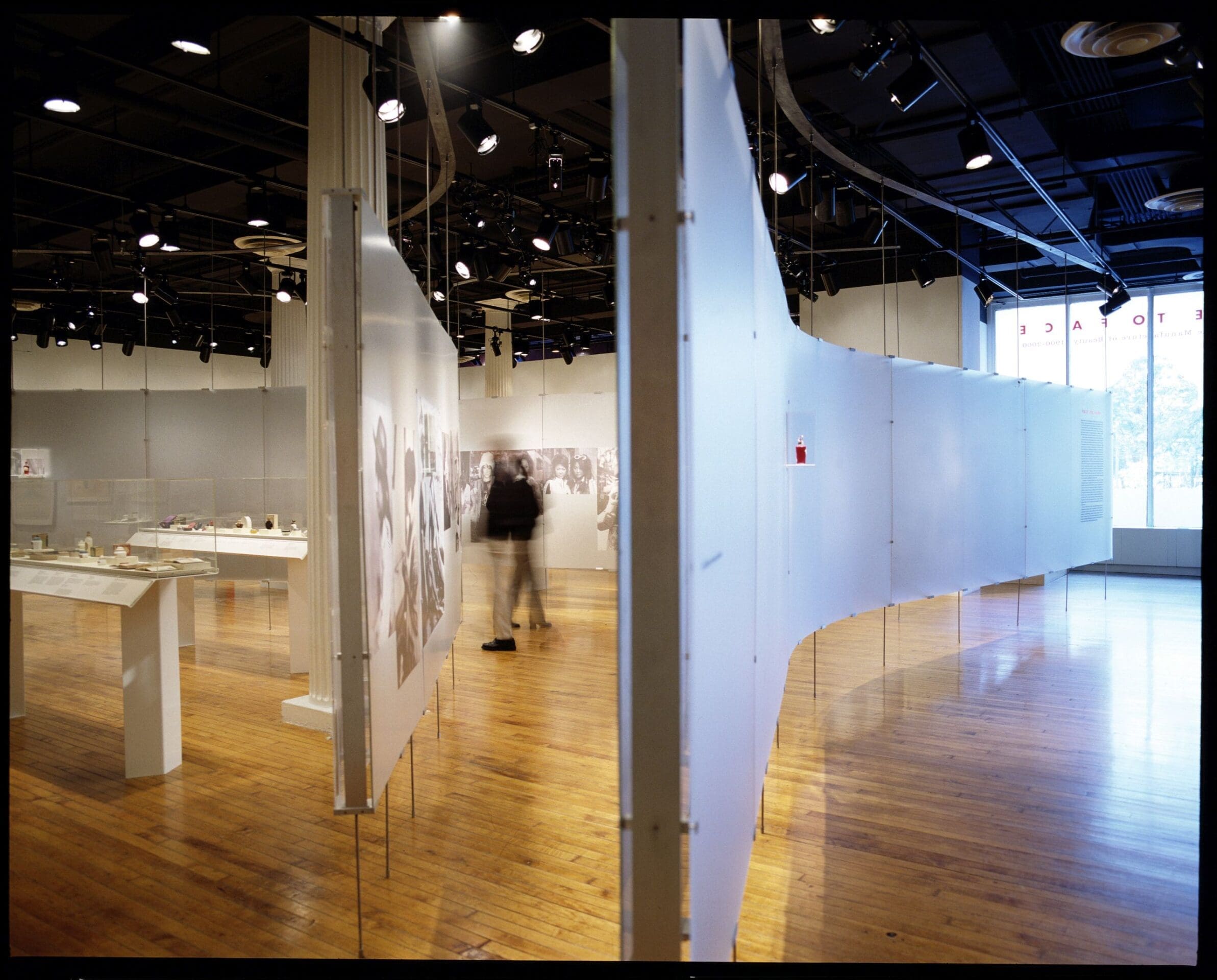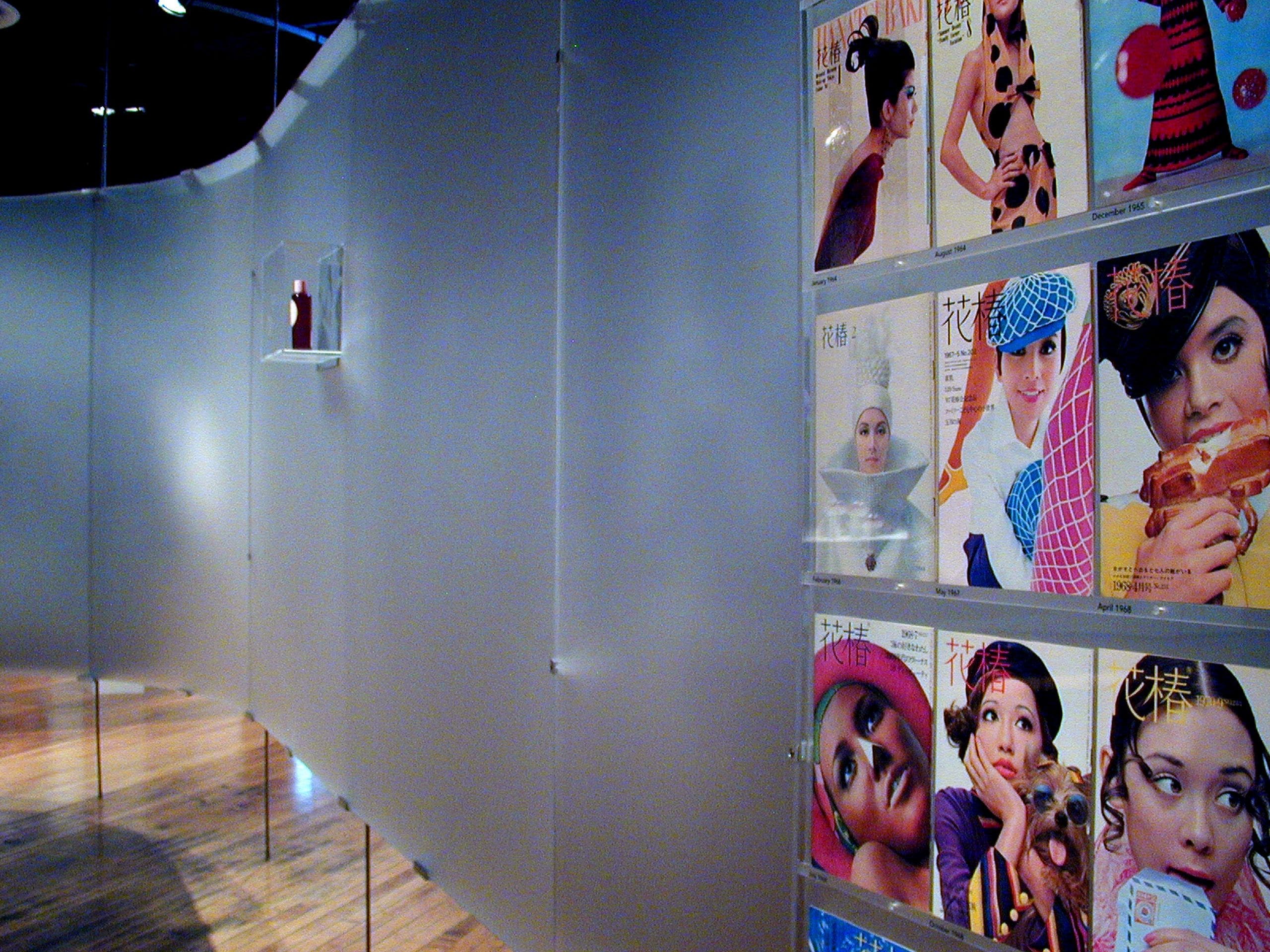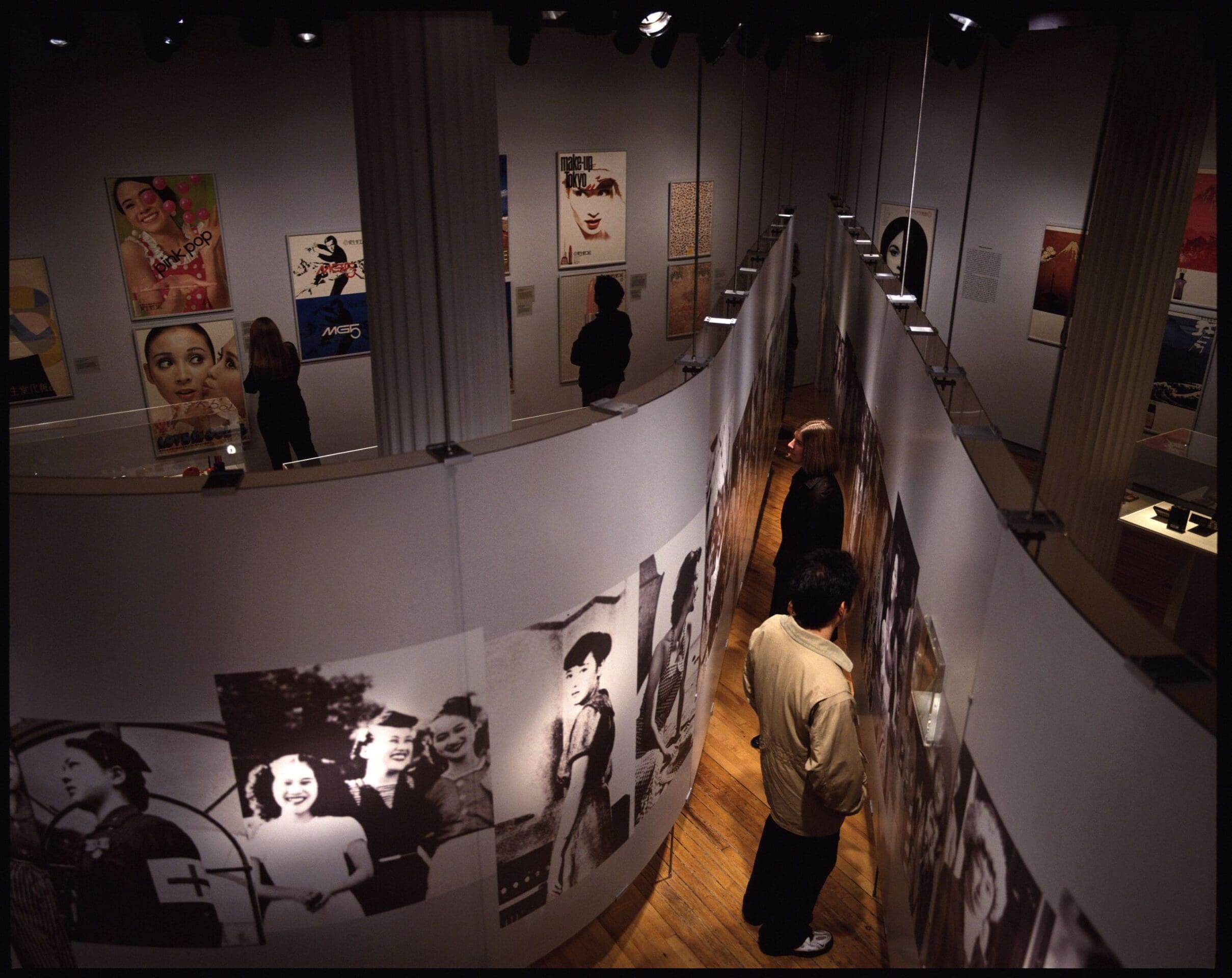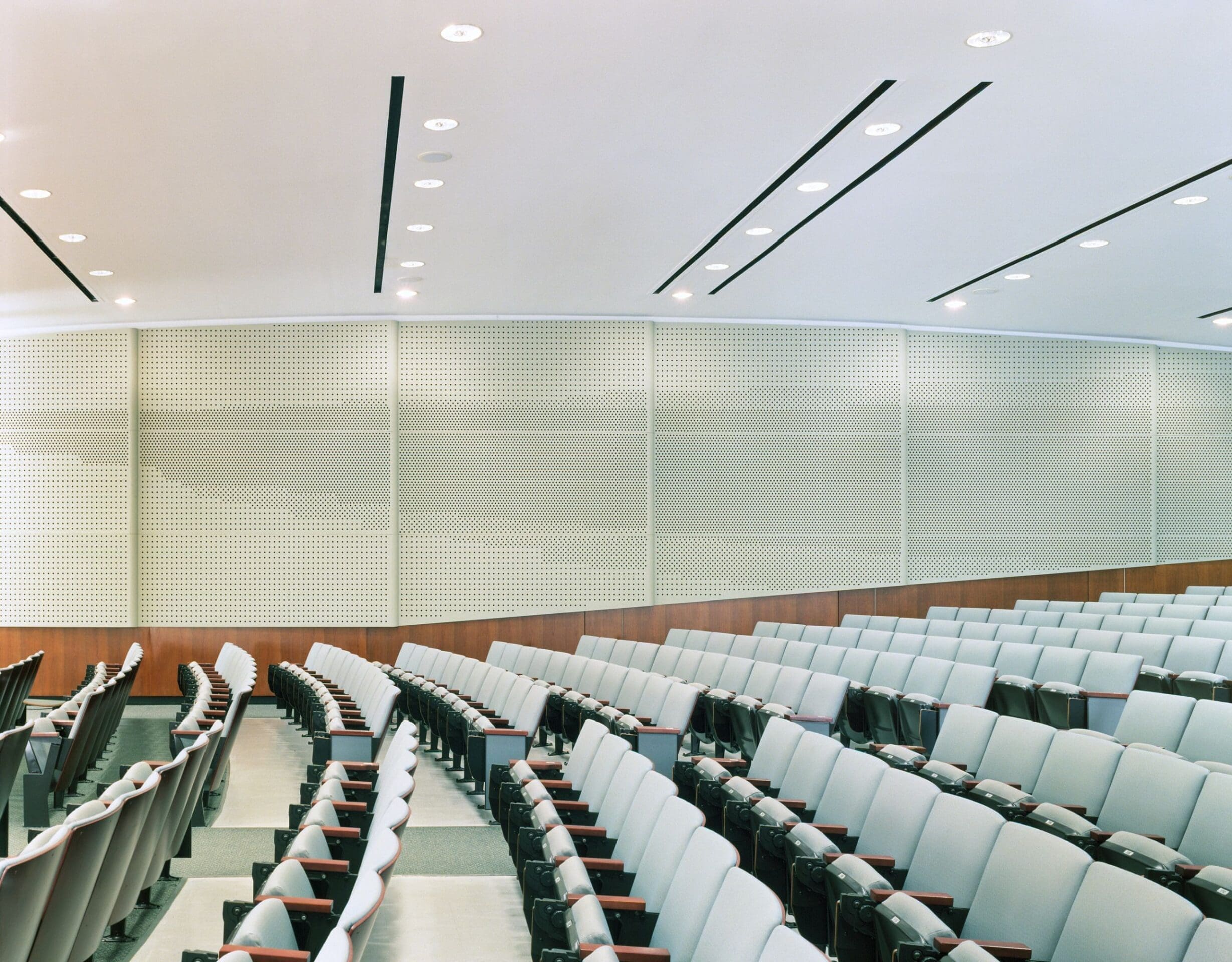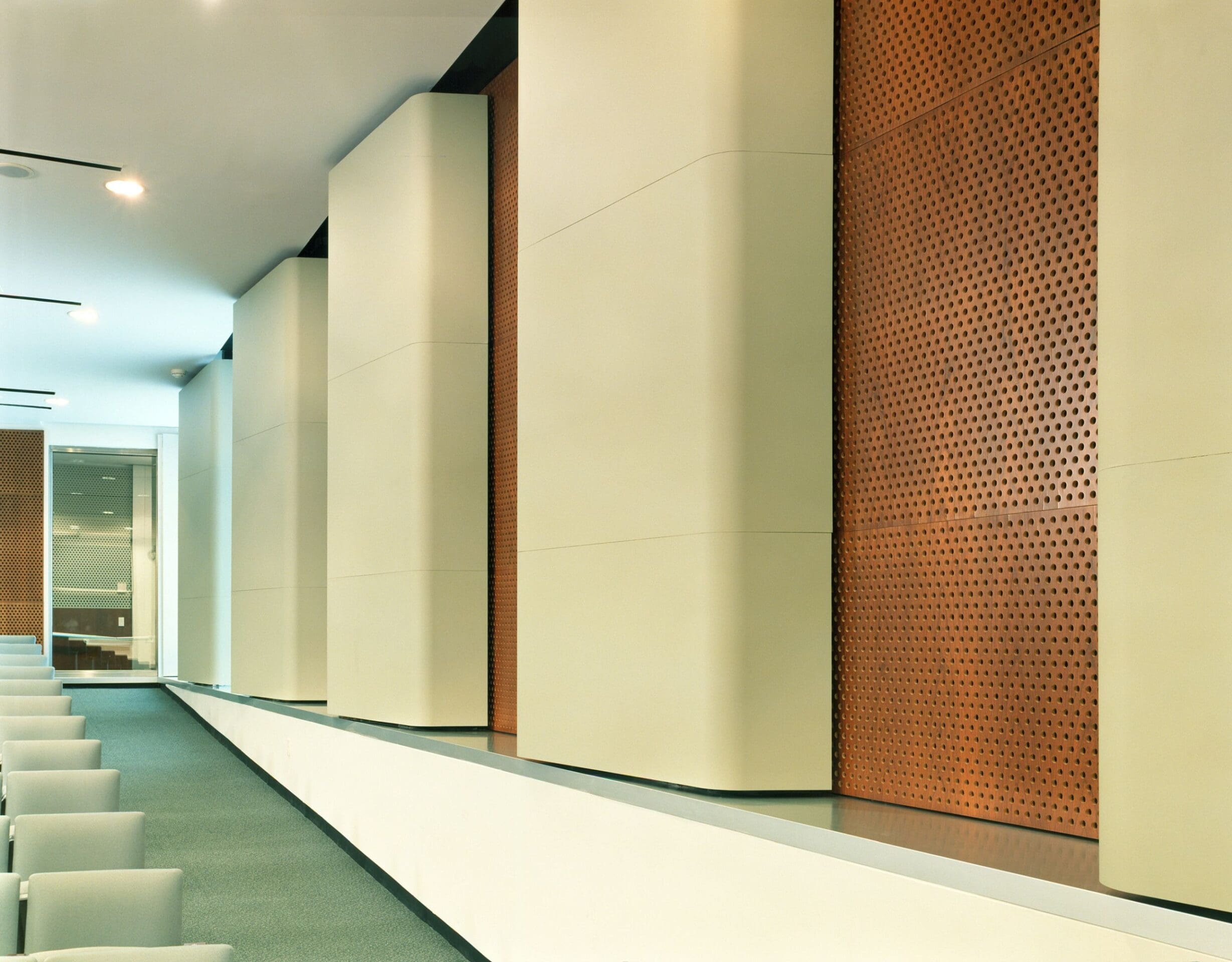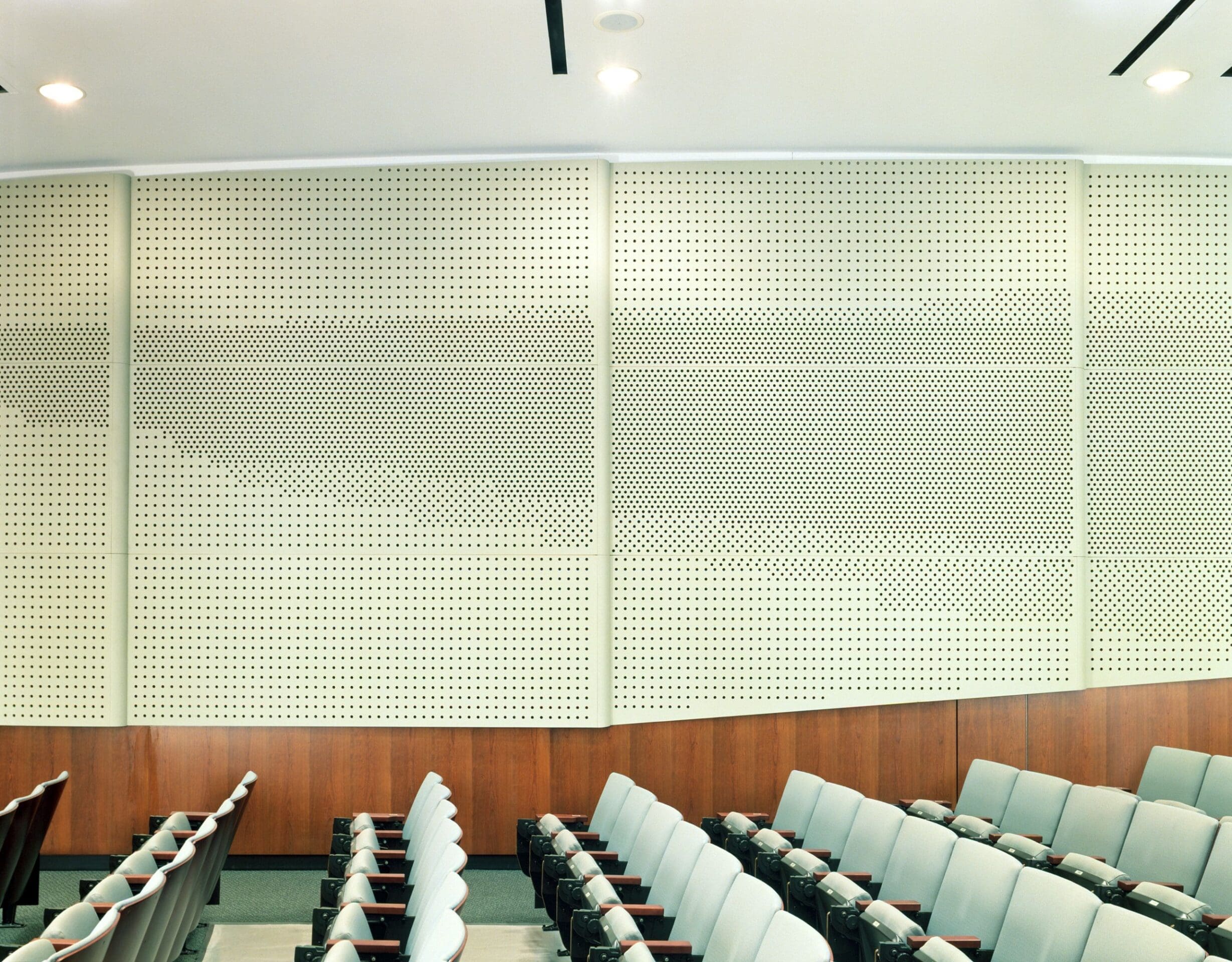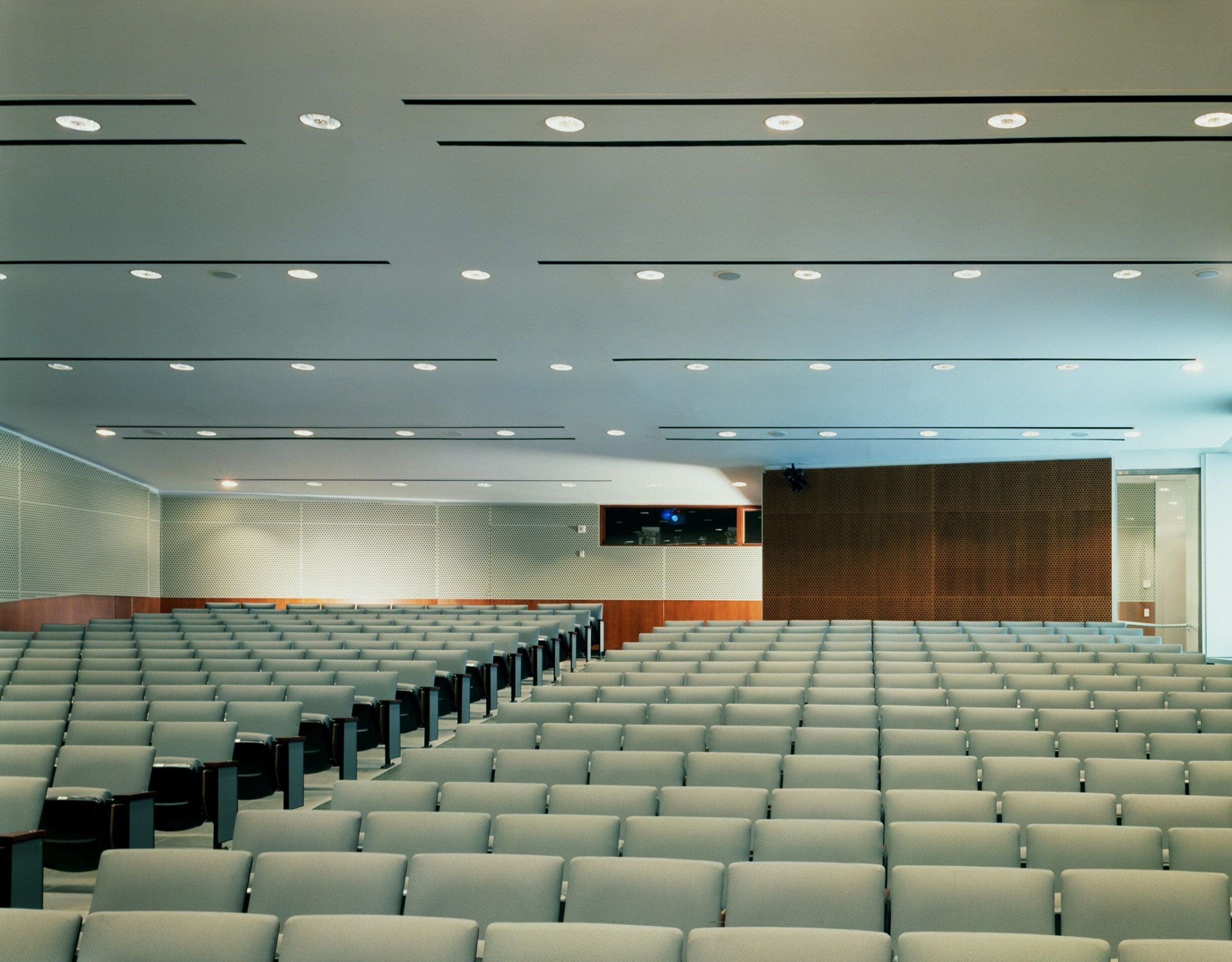Tenri Cultural Institute
Tenri Cultural Institute is part of a worldwide network of non-profit organizations sponsored by Tenrikyo Headquarters in Tenri, Japan with the goal of promoting the study of Japanese language and culture, the appreciation of international art forms, and an active cross-cultural dialogue and exchange.
The Institute is comprised of the Tenri School of Japanese Language and the Tenri Gallery. The gallery is used for both public exhibitions and performances and serves as an informal lounge for students to study and socialize before and after classes. Offices and classrooms are separated from the gallery with large surfaces of translucent and transparent glass panels which choreograph views between the adjacent spaces. A large curtain can enclose part of the gallery and provide acoustical control for musical performances.
Location
New York, NY
Client
Tenri Cultural Institute, Michael Yuge, Reverend Okui
Year
2000
Size
5,000 sqft
MFA Design Team
Scott Marble, Karen Fairbanks, Scott Paterson, Todd Rouhe, Jake Nishimura
Consulting Engineer
Norfast Consulting
General Contractor
Up-Rite Construction
Steel Fabricator
Product & Design
Recognition
American Architecture Award, The Chicago Athenaeum Museum
Photography
Gregory Goode Photography

